Panel vans from the 1950s to 1980s were practical, roomy, and endlessly customizable, winning over surfers, tradespeople, and road trippers. These workhorses became cultural icons, and their retro charm begs for a modern revival. Here are ten vintage panel vans, with their specs, performance, and interior details, that deserve a second shot on today’s roads.
Chevrolet G10 (1964-1966)
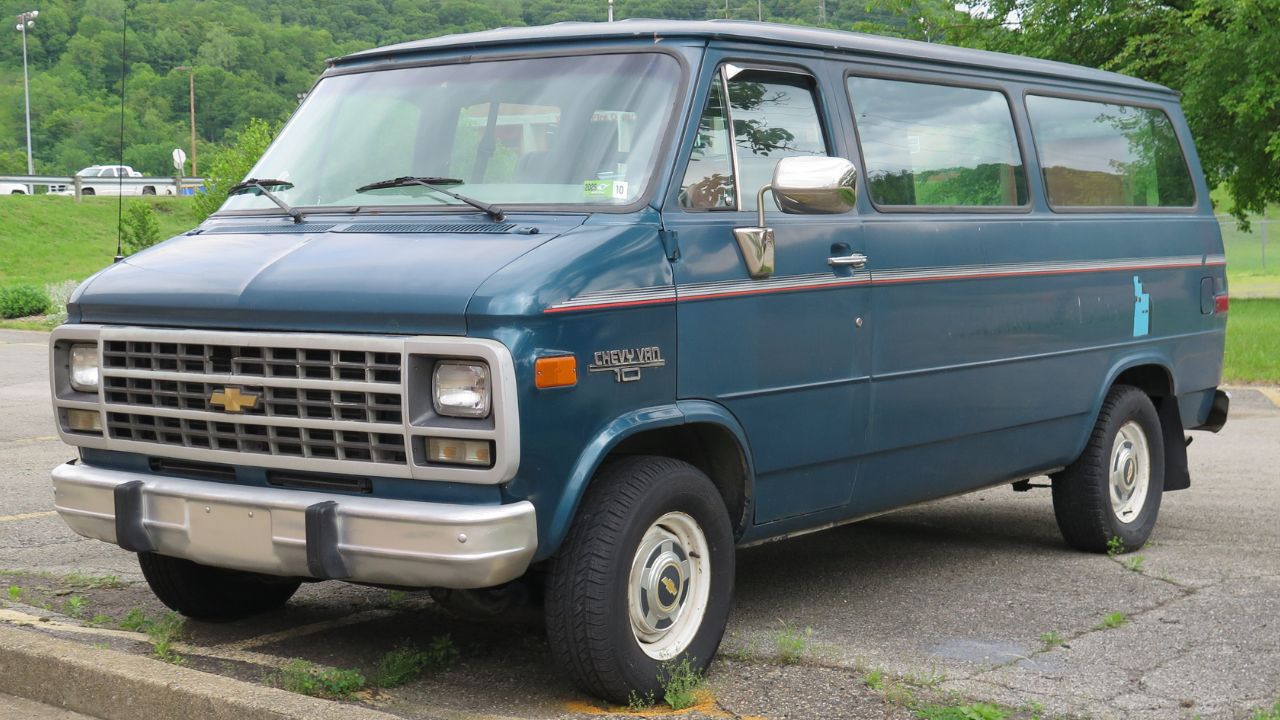
The 1964 Chevrolet G10 launched GM’s compact van era with a cab-over design, powered by a 153-cubic-inch inline-four (90 hp) or optional 230-cubic-inch inline-six (140 hp). Its 90-inch wheelbase and 186-inch length offered ~100 cubic feet of cargo space, ideal for small businesses. It hit 0-60 mph in ~15 seconds with a three-speed manual. The spartan interior had a vinyl bench, rubber mats, and a two-gauge cluster. A modern G10 with updated tech could be a versatile workhorse or camper.
Ford Econoline E100 (1961-1967)
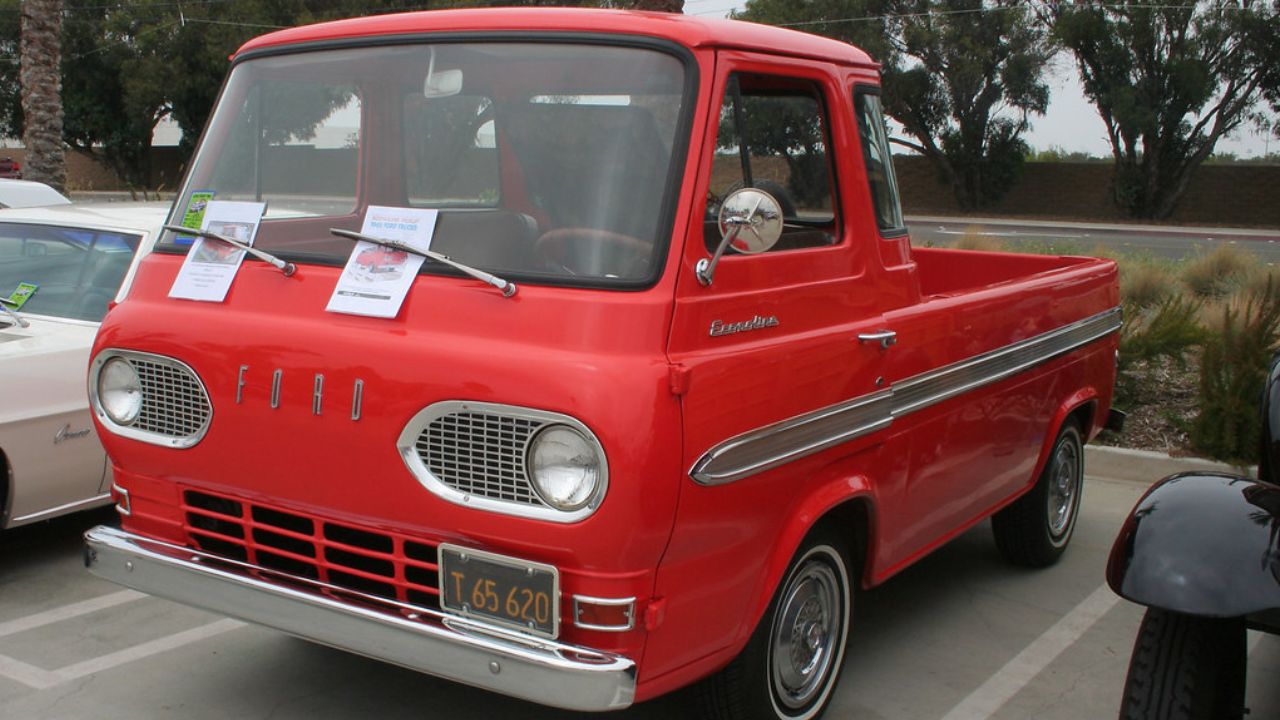
Ford’s 1961 Econoline E100 featured a 144-cubic-inch inline-six (85 hp, later 170-cu-in, 105 hp) on a 90-inch wheelbase and 168-inch length, with ~170 cubic feet of cargo space. It reached 0-60 mph in ~18 seconds and a 70 mph top speed with a three-speed manual. The cab-over interior was bare—vinyl seats, single speedometer, no side windows past the B-pillar. A revived E100 with a turbo four-cylinder and modern suspension could shine for urban deliveries or retro campers.
Dodge A100 (1964-1970)
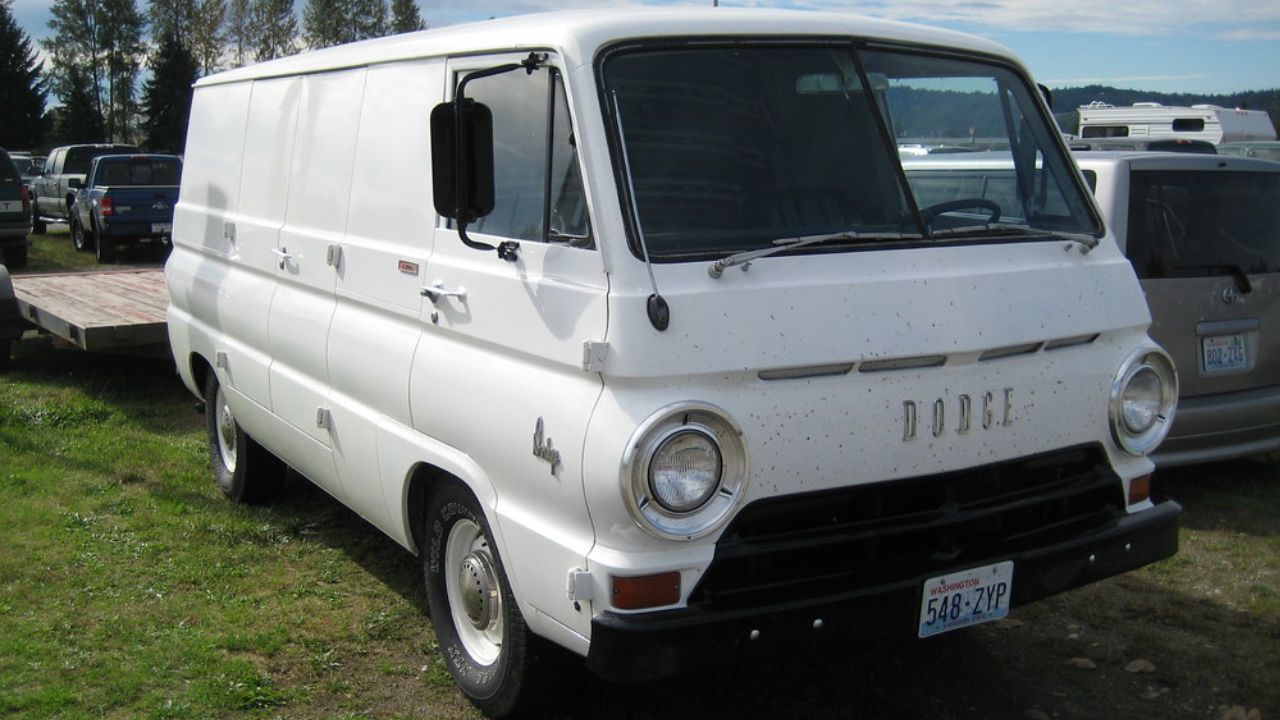
The 1964 Dodge A100’s forward-control design used a 170-cubic-inch slant-six (101 hp) or optional 225-cubic-inch slant-six (145 hp) and 318-cubic-inch V8 (210 hp). Its 90-inch wheelbase and 171-inch length provided ~120 cubic feet of cargo. The V8 hit 0-60 mph in ~12 seconds with a three-speed automatic. The vinyl bench, basic gauges, and optional AM radio kept it simple. A modern A100 with an electric motor and its boxy style could thrill custom van fans.
Volkswagen Type 2 (1950-1967)
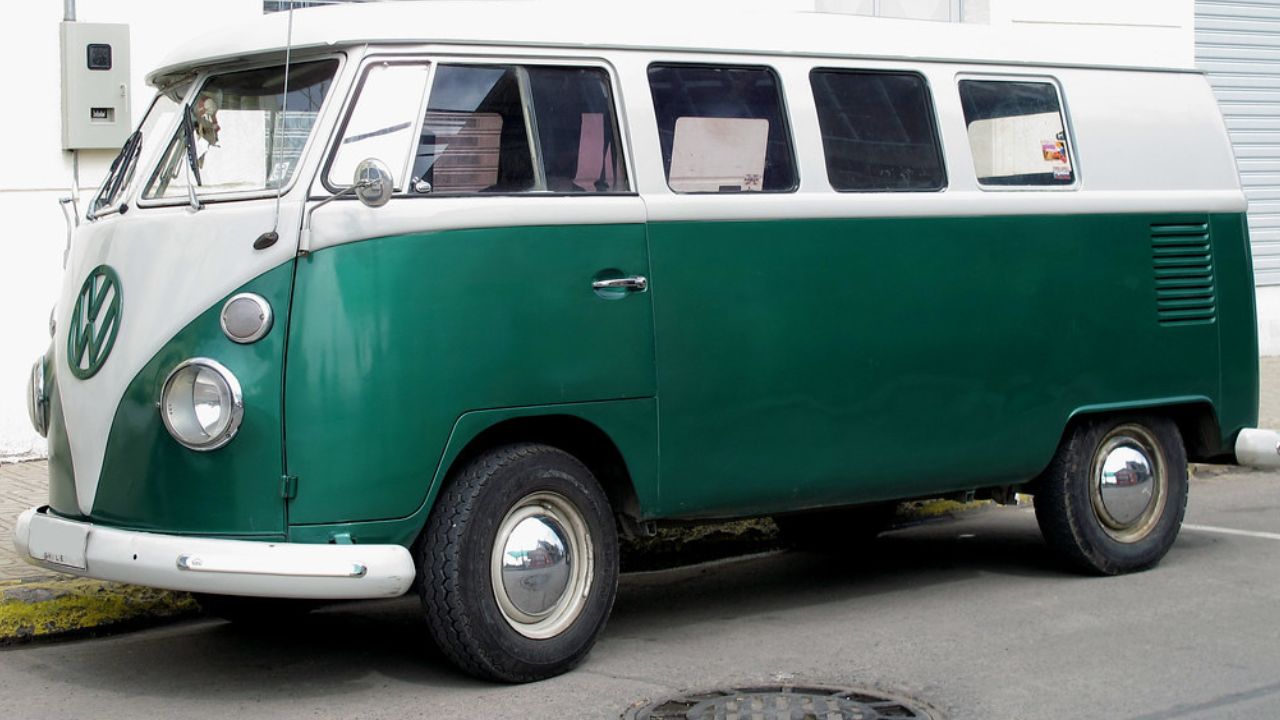
The 1950 VW Type 2 (Microbus) started with a 1.1-liter air-cooled flat-four (25 hp), later 1.2-liter (30 hp) and 1.5-liter (44 hp). Its 94.5-inch wheelbase and 168-inch length offered ~140 cubic feet of cargo, hitting 65 mph. The interior had cloth seats, a single gauge, and foldable benches (passenger versions). Its rear-engine reliability suited long trips. An electric Type 2 revival with retro looks could tap its cult status for adventurers.
GMC Vandura (1970-1996)
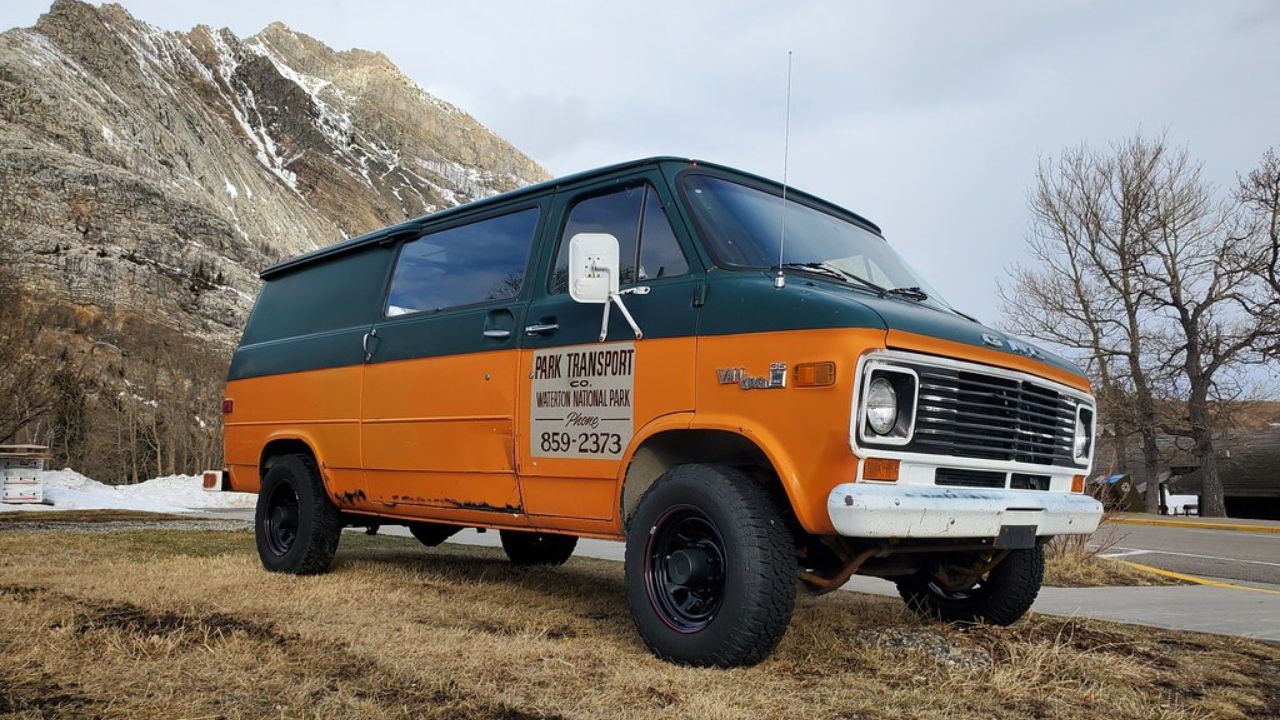
The 1970 GMC Vandura offered a 250-cubic-inch inline-six (110 hp) or 350-cubic-inch V8 (195 hp) on a 125-inch wheelbase and 202-inch length, with ~200 cubic feet of cargo. The V8 hit 0-60 mph in ~10 seconds. Vinyl or cloth seats, a four-spoke steering wheel, and optional air conditioning defined the interior. Famous from The A-Team, its boxy design could return with a hybrid V8 and modern infotainment for work or leisure.
Holden FJ Panel Van (1953-1956)
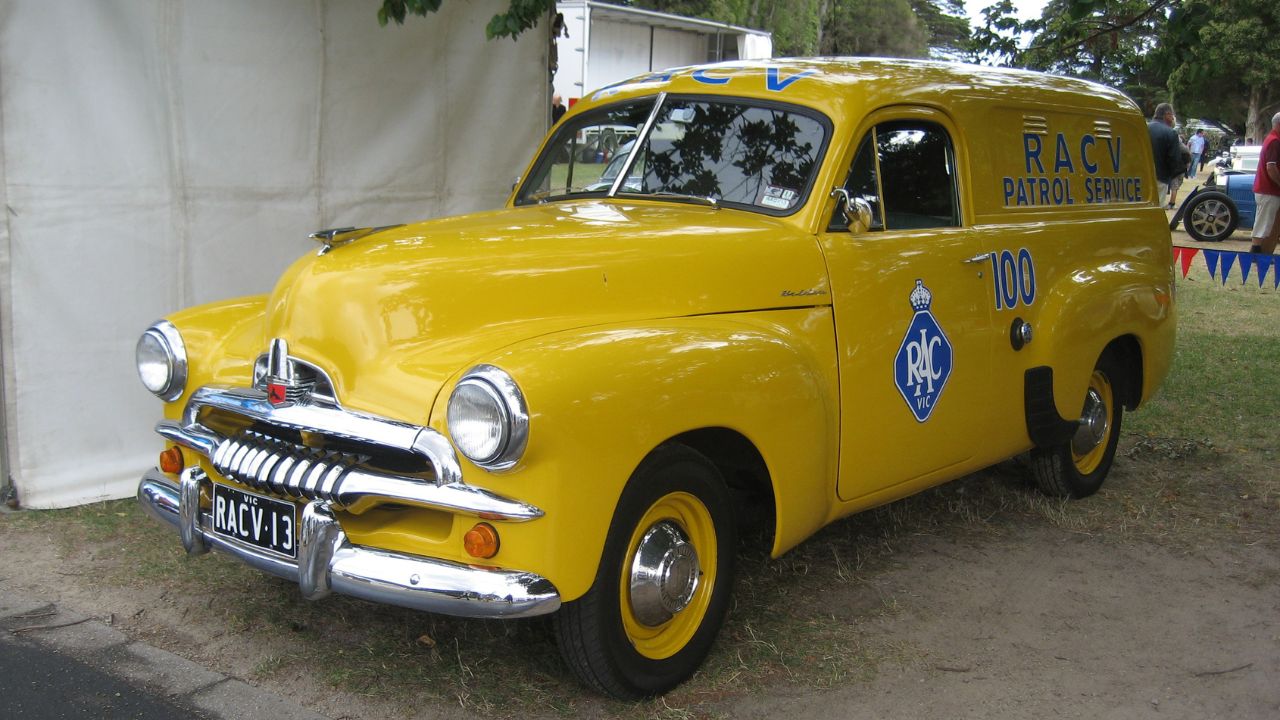
Holden’s 1953 FJ Panel Van, based on the FJ Ute, used a 2.2-liter inline-six (60 hp) on a 103-inch wheelbase and 172-inch length, with ~80 cubic feet of cargo. Its three-speed manual hit 0-60 mph in ~20 seconds. The utilitarian interior had vinyl seats, a single gauge, and no rear windows, with a swing-down tailgate. Popular in Australia, a modern FJ with a turbo diesel and updated cabin could appeal to tradespeople or campers.
Ford Falcon Panel Van (1961-1970)
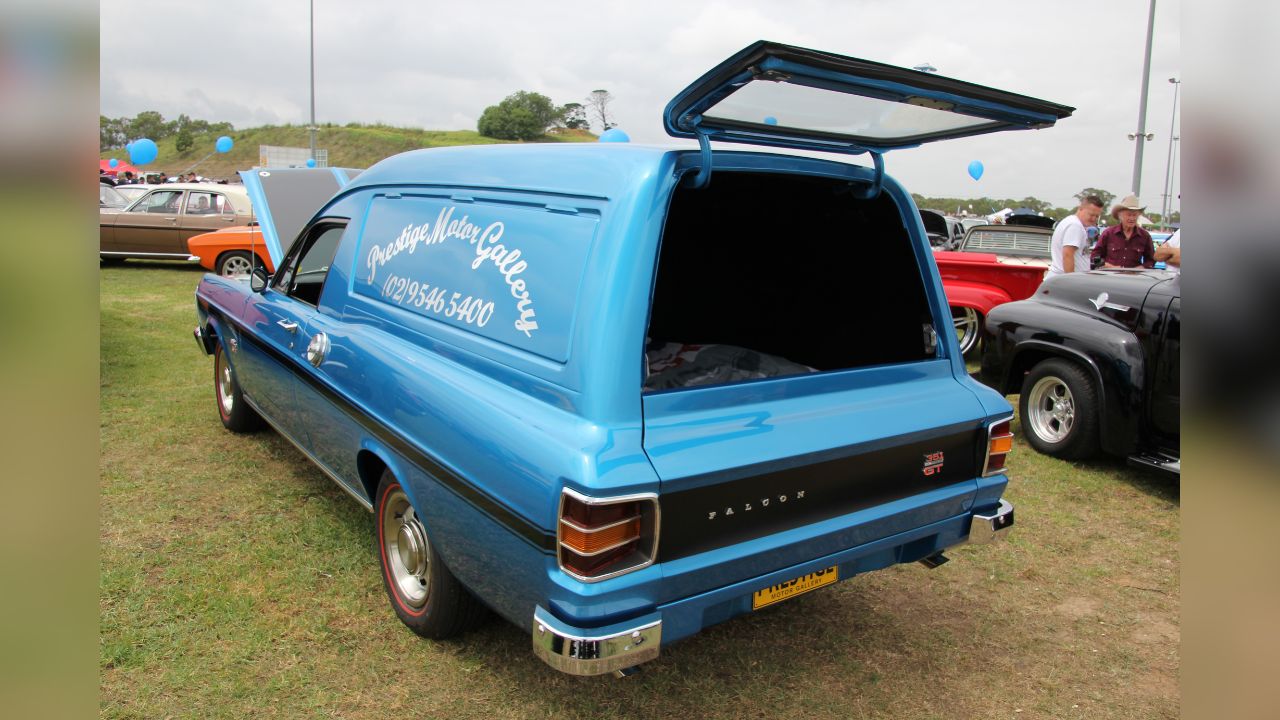
Ford Australia’s 1961 Falcon Panel Van (XK) featured a 144-cubic-inch inline-six (90 hp, later 170-cu-in, 105 hp) on a 109-inch wheelbase and 185-inch length, with ~100 cubic feet of cargo. It hit 0-60 mph in ~16 seconds via a three-speed manual. The no-frills interior had vinyl upholstery and a basic dashboard; later models added barn doors. A revival with an EcoBoost engine and sleek cabin could make it a stylish work van.
Chevrolet Nomad Van (1977-1981)
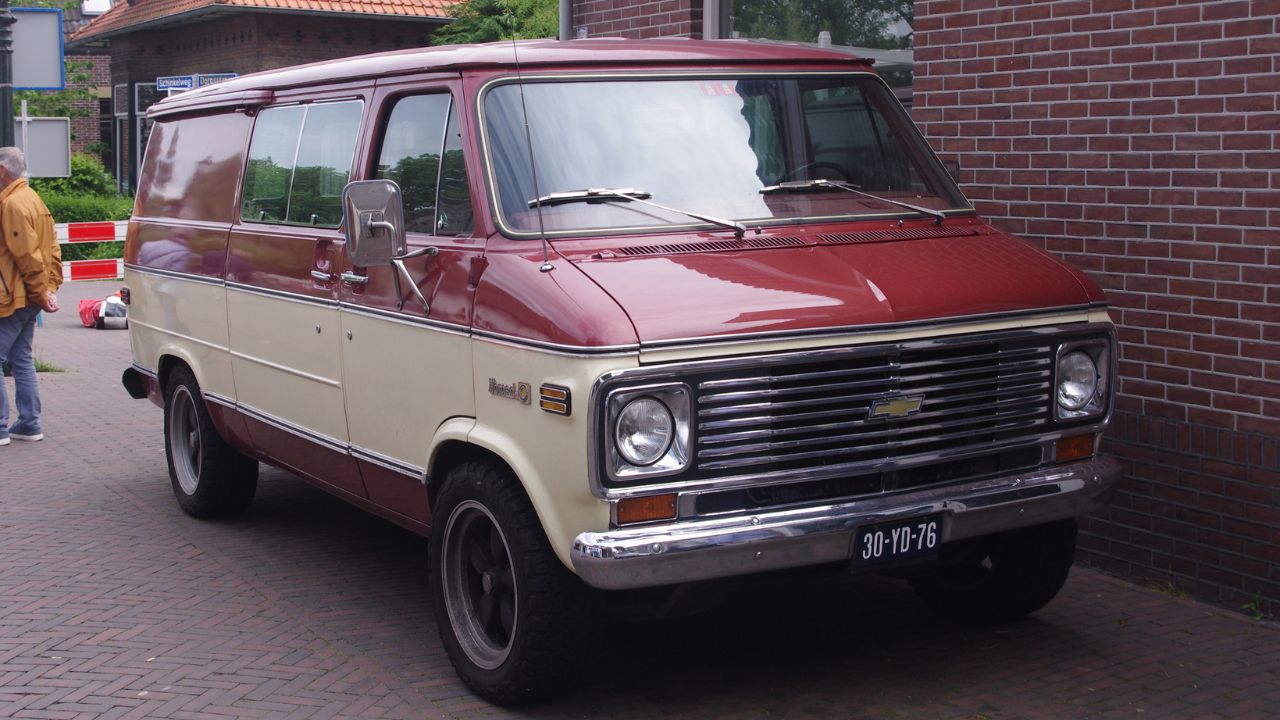
The 1977 Chevrolet Nomad Van, a G-series variant, used a 350-cubic-inch V8 (165 hp) on a 125-inch wheelbase and 202-inch length, offering ~200 cubic feet of cargo. It hit 0-60 mph in ~11 seconds with a three-speed automatic. Its upscale interior had paneled walls, plush seats, and an optional rear roof vent, designed for customization. A modern Nomad with electric power and modular interiors could suit van lifers and businesses.
Toyota HiAce (1967-1977)
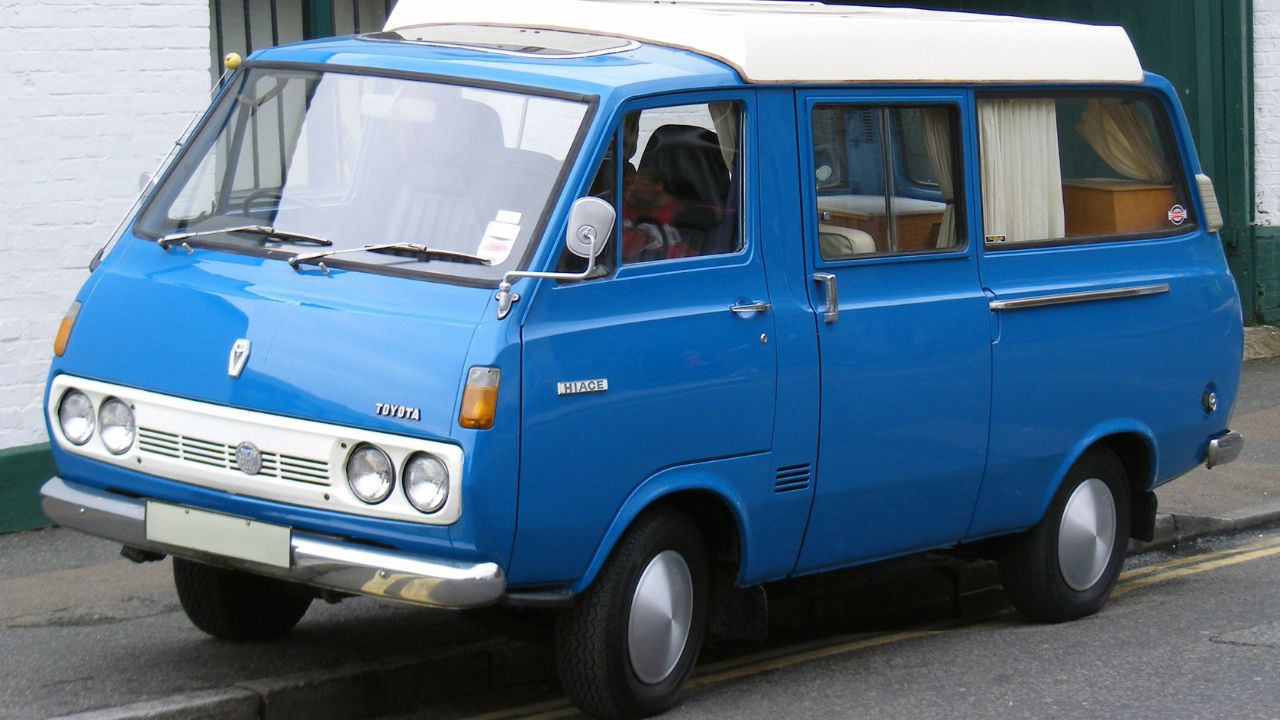
The 1967 Toyota HiAce had a 1.5-liter inline-four (70 hp), later 1.8-liter (80 hp) or 2.0-liter (85 hp), on a 98-inch wheelbase and 171-inch length, with ~110 cubic feet of cargo. Top speed was ~75 mph. The simple interior had vinyl seats, a two-gauge cluster, and optional sliding doors. Its durability made it a tradesman’s pick. A revived HiAce with a hybrid powertrain and modular cargo could rival modern vans.
Chrysler Valiant Drifter (1977-1978)
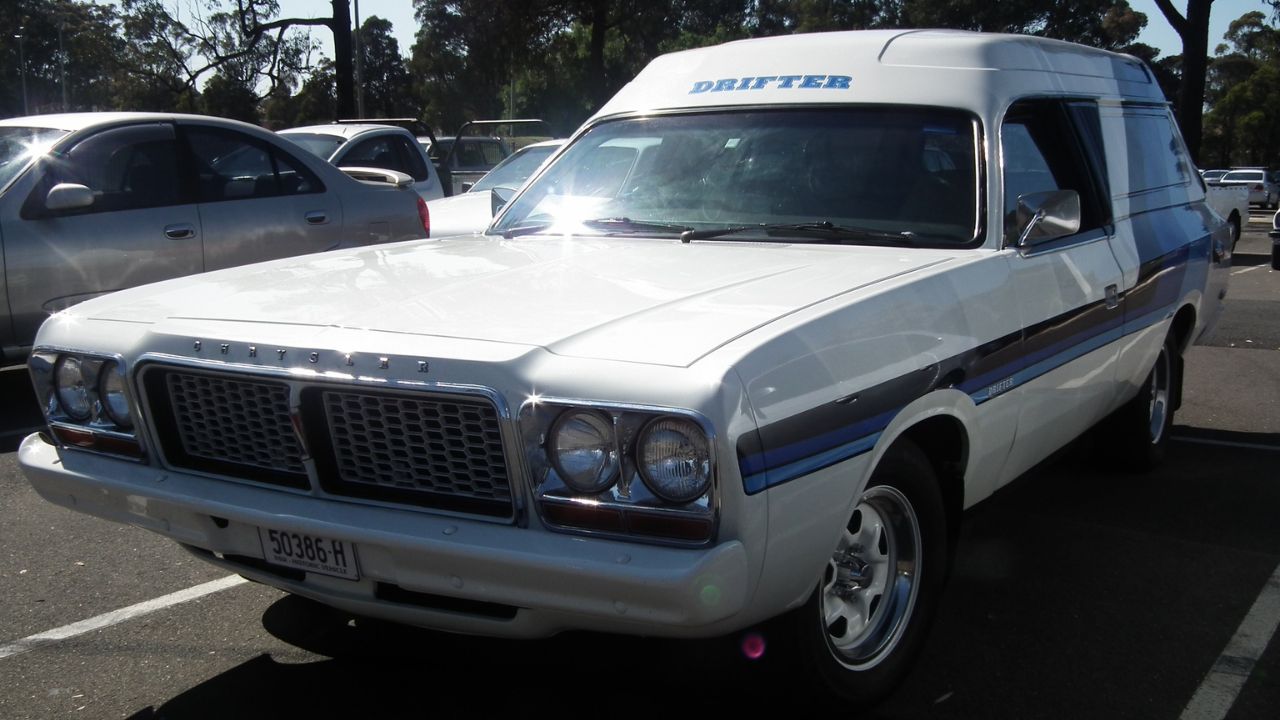
The 1977 Chrysler Valiant Drifter (Australia) used a 4.3-liter Hemi inline-six (140 hp) on a 111-inch wheelbase and 190-inch length, with ~90 cubic feet of cargo. Its three-speed automatic hit 0-60 mph in ~12 seconds. Bucket seats, a sporty steering wheel, optional shag carpet, barn doors, and a raised roof gave it ‘70s flair. A modern Drifter with a turbo four-cylinder and retro interior could revive its free-spirited vibe.
Like Fast Lane Only’s content? Be sure to follow us.
Here’s more from us:
*Created with AI assistance and editor review.

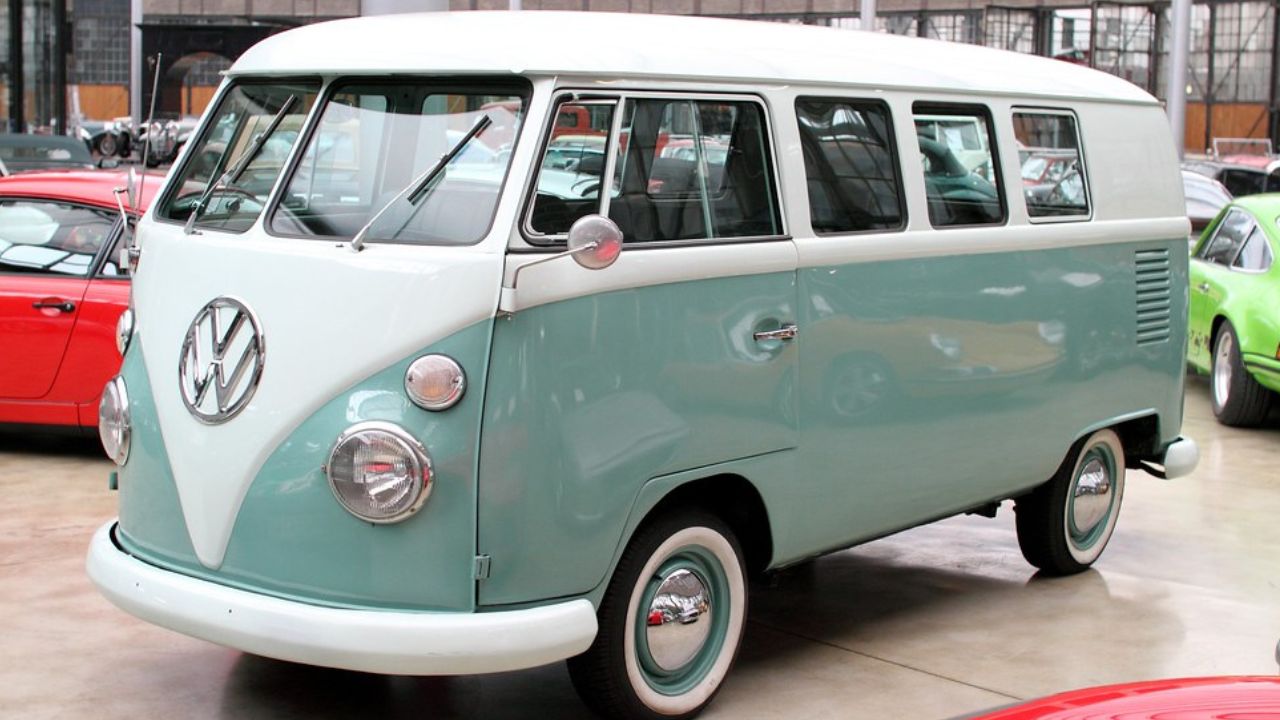
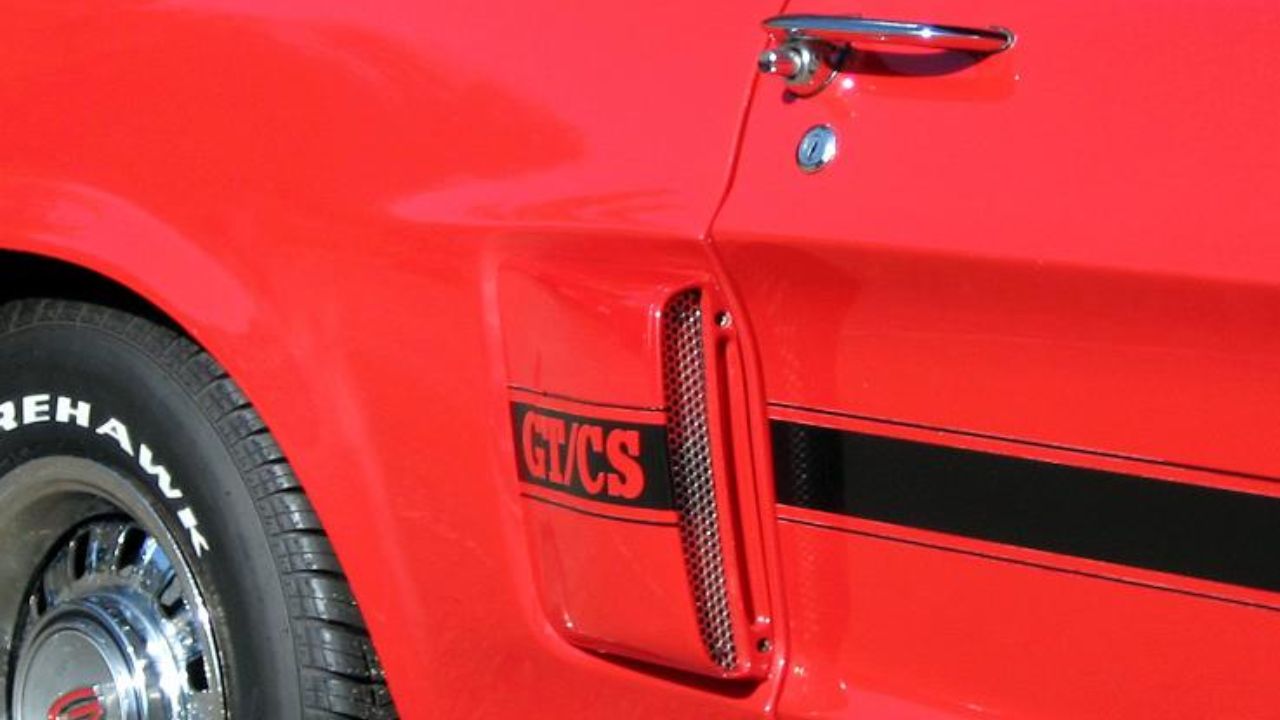
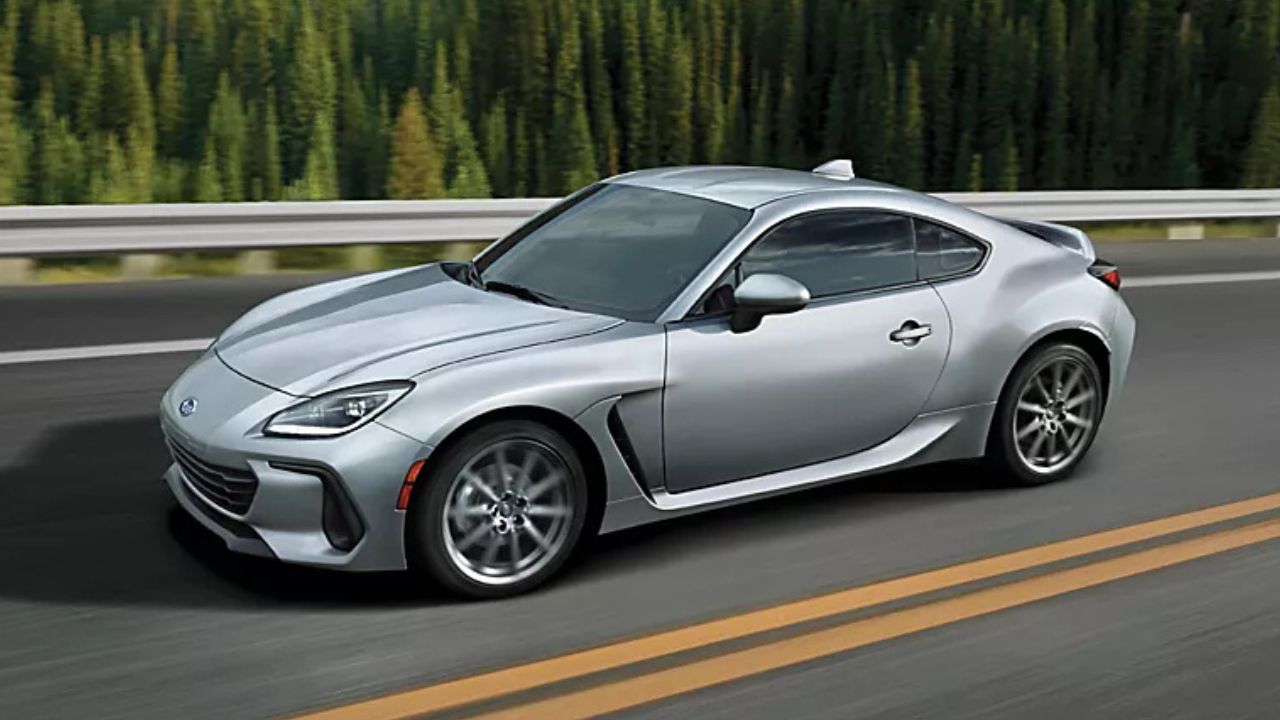
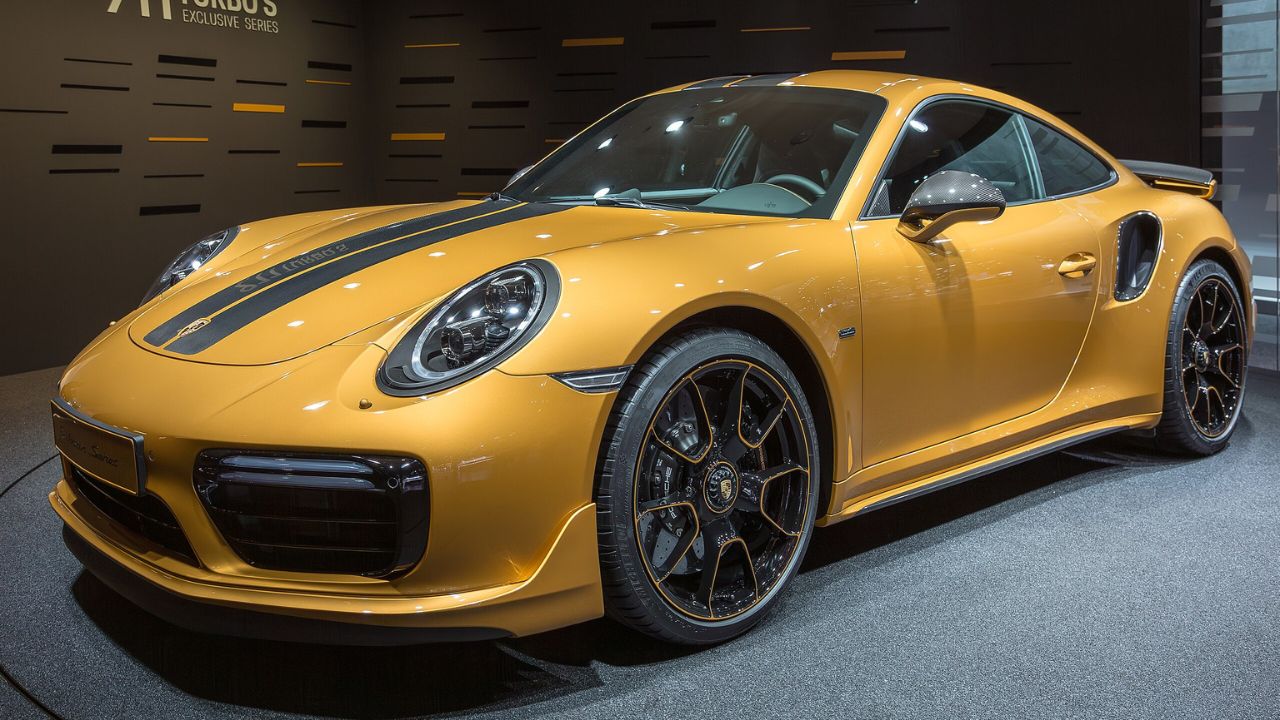
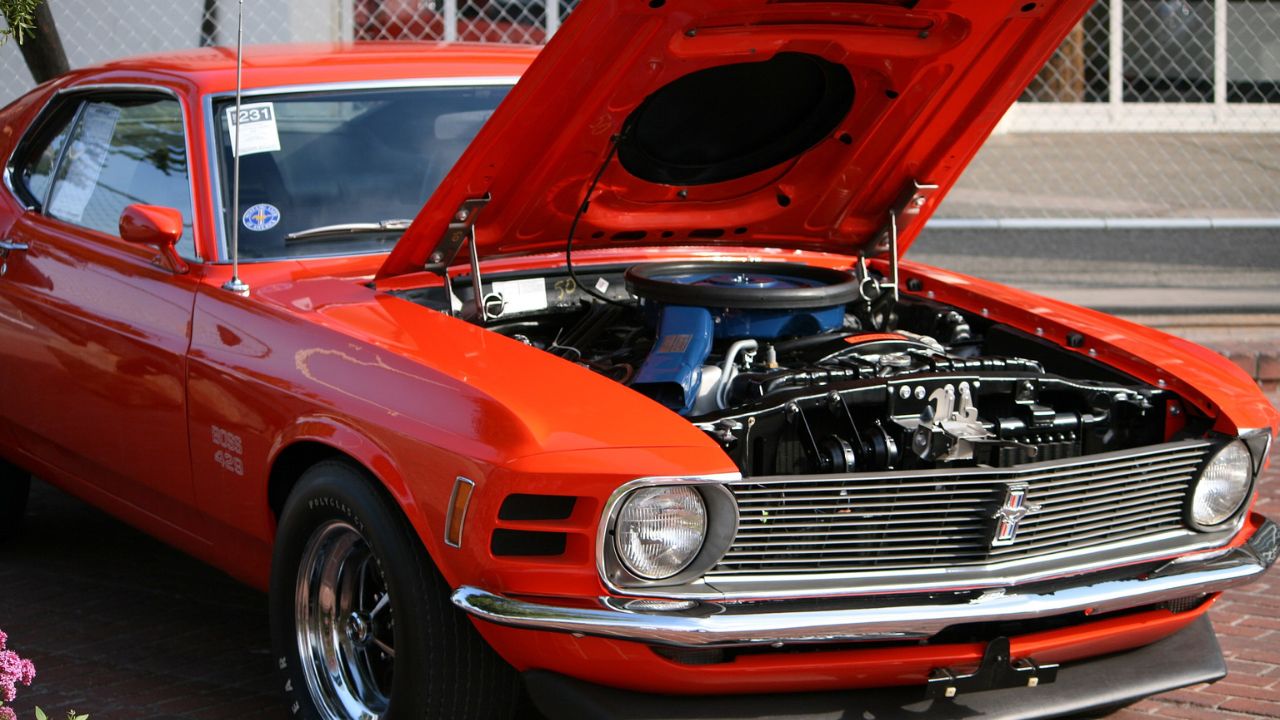
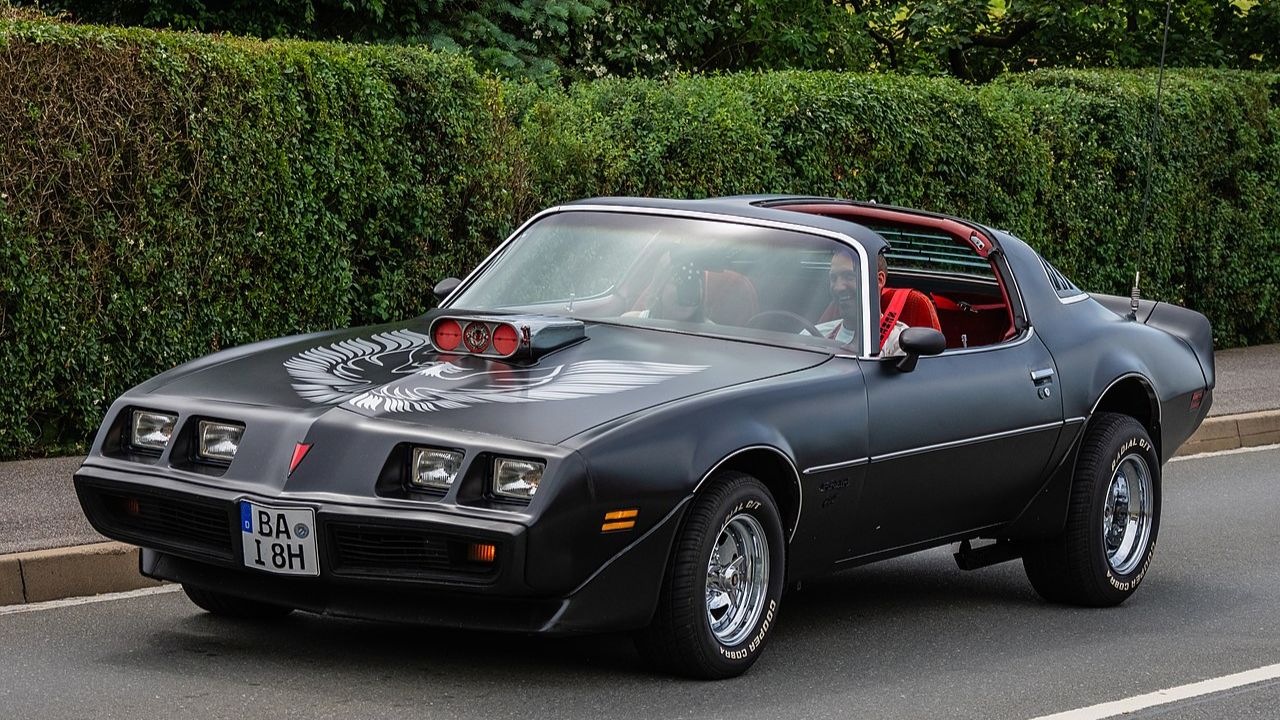
Leave a Reply